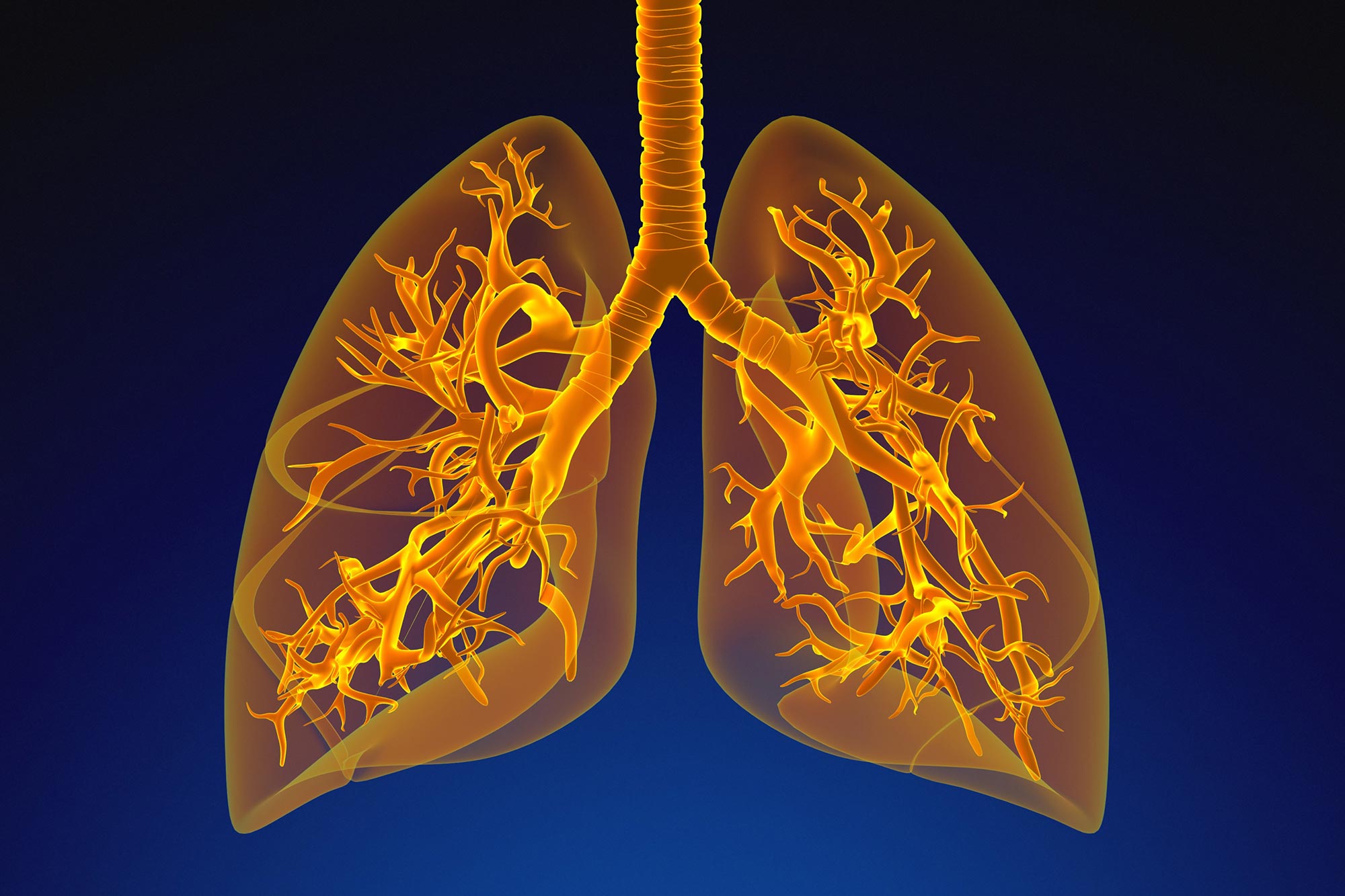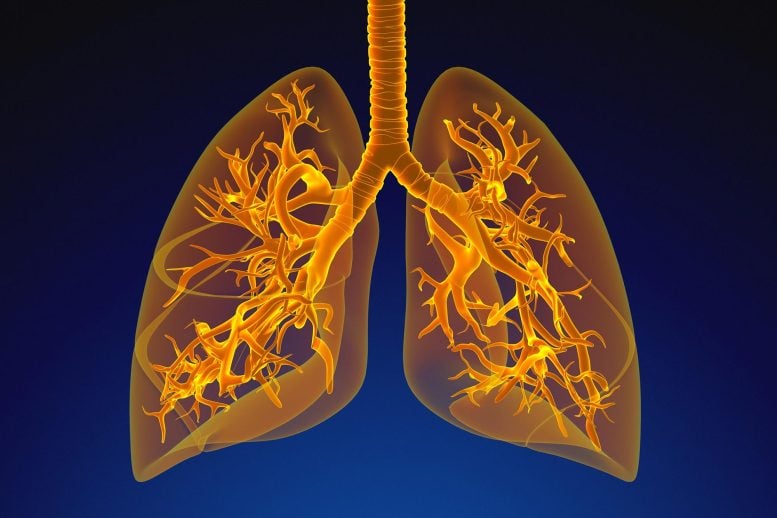

A comprehensive Swedish study tracking 4,000 children until age 24 links abnormal BMI, whether high or low, to impaired lung function.
Early normalization of BMI, especially before puberty, can mitigate these adverse effects, suggesting the importance of managing BMI from an early age.
Impact of BMI on Lung Development
About one in ten people experience reduced lung development in childhood, preventing them from reaching full lung capacity in adulthood. This limited lung function increases the risk of serious health conditions, including cardiovascular disease, lung disease, and diabetes. Abnormal weight and height in childhood are key factors linked to impaired lung development. Body mass index (BMI), a common measurement that considers weight, misses details like muscle and fat composition.
Previous studies have explored the relationship between BMI and lung function with mixed results. Now, Swedish researchers show that a clear correlation exists when BMI falls outside the normal range, whether too high or too low.
“In this study, the largest so far, we’ve been able to follow children from birth all the way to the age of 24, covering the entire period of lung function development,” says Gang Wang, the study’s lead author and a researcher at the Department of Clinical Science and Education, Södersjukhuset, Karolinska Institutet.
Importance of Early BMI Management
The participants could be divided up into different BMI groups, which had already begun to differentiate themselves by the age of two. Unlike children with a normal BMI, those with a persistently high BMI or an accelerated increasing BMI had impaired lung function as adults, primarily the result of restricted airflow in the lungs, a condition known as obstruction.
“Interestingly, we found that in the group with an initially high BMI but a normalized BMI before puberty, lung function was not impaired in adulthood,” says principal investigator Erik Melén, professor of pediatrics at the same department at Karolinska Institutet and doctor at the Sachs’ Children and Youth Hospital. “This highlights how important it is to optimize children’s growth both early in life and during their early school years and adolescence.”
A stable low BMI could also be linked to reduced lung function caused by inadequate lung growth. In these cases, BMI was not normalized over the course of the study.
“The focus has been on overweight, but we also need to capture children with a low BMI and introduce nutritional measures,” says Dr. Wang.
Longitudinal Insights From the BAMSE Project
The study was based on the BAMSE project, in which over 4,000 children have been followed from birth to the age of 24. BMI has been repeatedly measured over this time, at most 14 times. The present study includes 3,200 participants with at least four BMI measurements.
Lung function was measured using spirometry at the ages of 8, 16 and, finally, 24, at which point the function of the smaller airways was also measured via the volume of exhaled nitrogen. Urine samples were also taken so that an analysis of the substances being metabolized could be performed in collaboration with docent Craig Wheelock at Karolinska Institutet’s Institute of Environmental Medicine.
Discovering Biomarkers Related to BMI and Lung Health
The urine samples from the high BMI group showed elevated levels of metabolites of the amino acid histidine, corroborating the observations of other researchers who found a similar increase in patients with asthma and chronic obstructive pulmonary disease.
“We see here objective biomarkers for the correlation we’ve found, even if we don’t yet know exactly the molecular association between high BMI, histidine, and impaired lung development,” says Professor Melén.
Reference: “Body mass index trajectories from birth to early adulthood and lung function development”, Gang Wang, Jenny Hallberg, Simon Kebede Merid, Ashish Kumar, Susanna Klevebro, Baninia Habchi, Romanas Chaleckis, Craig E. Wheelock, Natalia Hernandez-Pacheco, Sandra Ekström, Christer Janson, Inger Kull, Anna Bergström and Erik Melén, 28 October 2024, European Respiratory Journal.
DOI: 10.1183/13993003.00298-2024
The study was financed by grants from the European Research Council, the Swedish Research Council, the Swedish Heart-Lung Foundation, Region Stockholm and the China Postdoctoral Council. Co-author Natalia Hernandez-Pacheco reports funding from the European Academy of Allergy and Clinical Immunology and the European Respiratory Society and lecture fees from OMNI PREX S.L., all outside the scope of this present study.